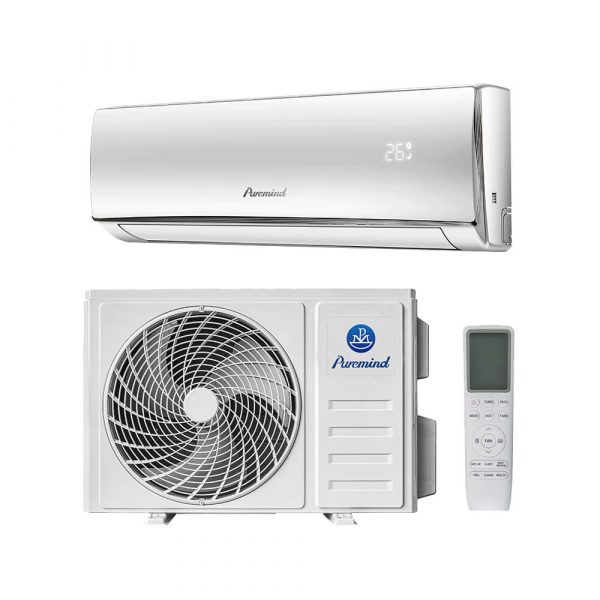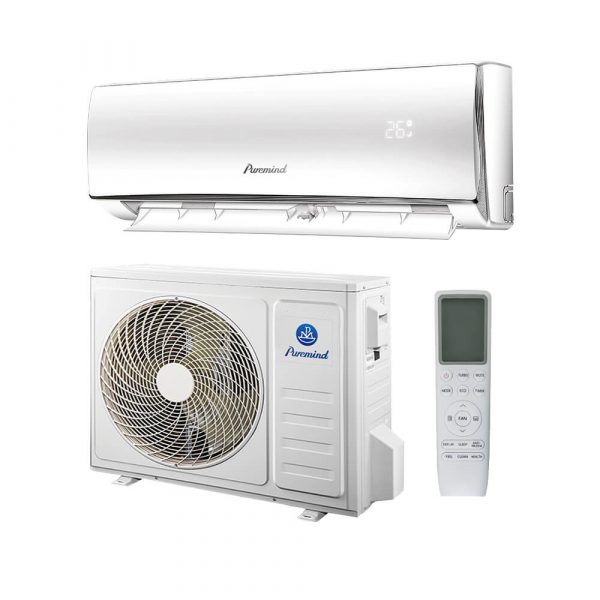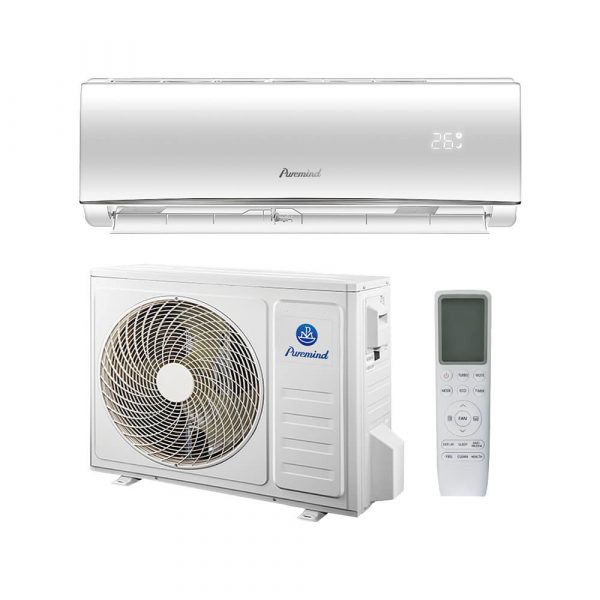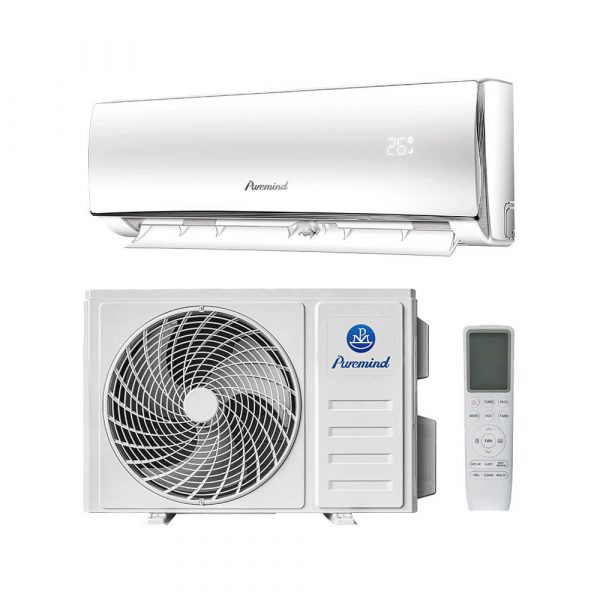Mini Split AC System: Complete Guide for Efficient Heating and Cooling
The mini split AC system is rapidly becoming one of the most popular solutions for both residential and light commercial climate control. For wholesalers, suppliers, and distributors, understanding its technology, benefits, and market trends is essential to meet growing demand and stay competitive in the HVAC industry.
What Is a Mini Split AC System?
A mini split AC system is a type of ductless heating and cooling solution. It typically consists of an outdoor condenser unit and one or more indoor air-handling units connected by refrigerant lines. Unlike traditional central air systems, it requires no ductwork, making it ideal for retrofits, room additions, or buildings without existing ducts.
Key Benefits of Mini Split AC Systems
- Energy Efficiency – High Seasonal Energy Efficiency Ratio (SEER) ratings save on utility bills.
- Flexible Installation – No ductwork needed, making it suitable for older buildings.
- Individual Zone Control – Each indoor unit can be controlled separately for personalized comfort.
- Quiet Operation – Low indoor noise levels enhance comfort.
- Improved Air Quality – Built-in filtration systems help reduce dust, allergens, and pollutants.
Market Demand for Mini Split AC Systems
The demand for mini split AC systems has surged due to their efficiency and adaptability. The global market is projected to grow steadily, driven by trends in sustainable building design and increased adoption in commercial spaces such as offices, retail stores, and restaurants.
Components of a Mini Split AC System
- Outdoor Unit – Contains the compressor, condenser coil, and fan.
- Indoor Unit(s) – Houses the evaporator coil and blower fan.
- Refrigerant Lines – Connects indoor and outdoor units for heat exchange.
- Remote Controls or Smart Controls – Enables temperature adjustments and mode selection.
Top Brands Offering Mini Split AC Systems
1. Daikin
Daikin offers advanced inverter technology and high-efficiency mini split systems suitable for various climates and applications.
2. Mitsubishi Electric
Mitsubishi Electric is renowned for quiet operation, energy efficiency, and cutting-edge control options for mini split AC systems.
3. LG Electronics
LG combines sleek design with powerful performance in their range of ductless systems, ideal for both residential and commercial spaces.
4. Gree Electric
Gree offers cost-effective yet reliable mini split AC systems with extensive model options for different needs.
5. Puremind
Puremind delivers energy-efficient mini split solutions and OEM/ODM customization for global partners. Explore their split air conditioner product range.
Installation Considerations
- Proper Sizing – Matching system capacity to room size is essential for efficiency.
- Professional Installation – Ensures correct refrigerant charge and system performance.
- Electrical Requirements – Adequate power supply and circuit protection.
- Mounting Options – Wall-mounted, ceiling cassette, or floor-standing indoor units.
Maintenance Tips for Mini Split AC Systems
- Clean Air Filters – Every 1-3 months to maintain airflow and efficiency.
- Inspect Outdoor Unit – Remove debris and ensure unobstructed airflow.
- Check Refrigerant Levels – Low refrigerant can reduce cooling performance.
- Schedule Annual Servicing – Professional inspection extends system lifespan.
Future Trends in Mini Split AC Systems
- Smart Home Integration – Voice control and mobile app connectivity.
- Eco-Friendly Refrigerants – Transition to R32 and other low-GWP options.
- Enhanced Air Purification – Built-in HEPA and activated carbon filters.
- Hybrid Systems – Combining ductless and ducted units for greater flexibility.
Conclusion
The mini split AC system is a versatile, energy-efficient, and increasingly popular HVAC solution. For wholesalers, suppliers, and distributors, stocking and promoting these systems can open new market opportunities and meet diverse customer needs. To learn more about industry standards, visit ASHRAE.







